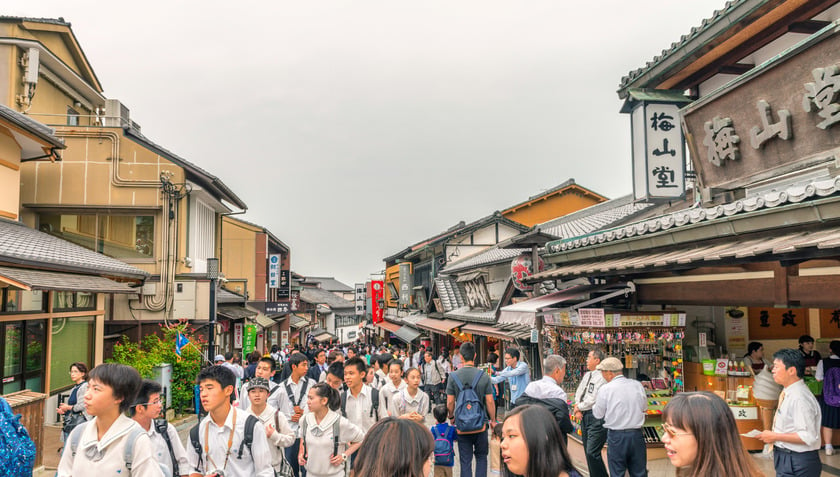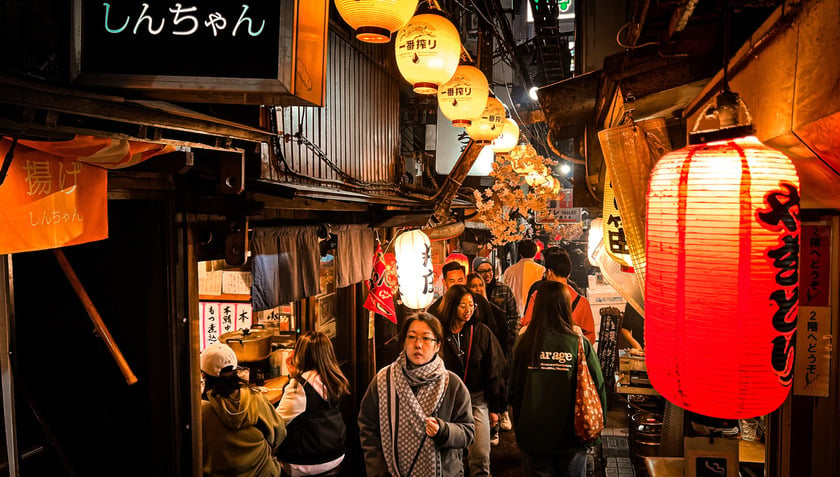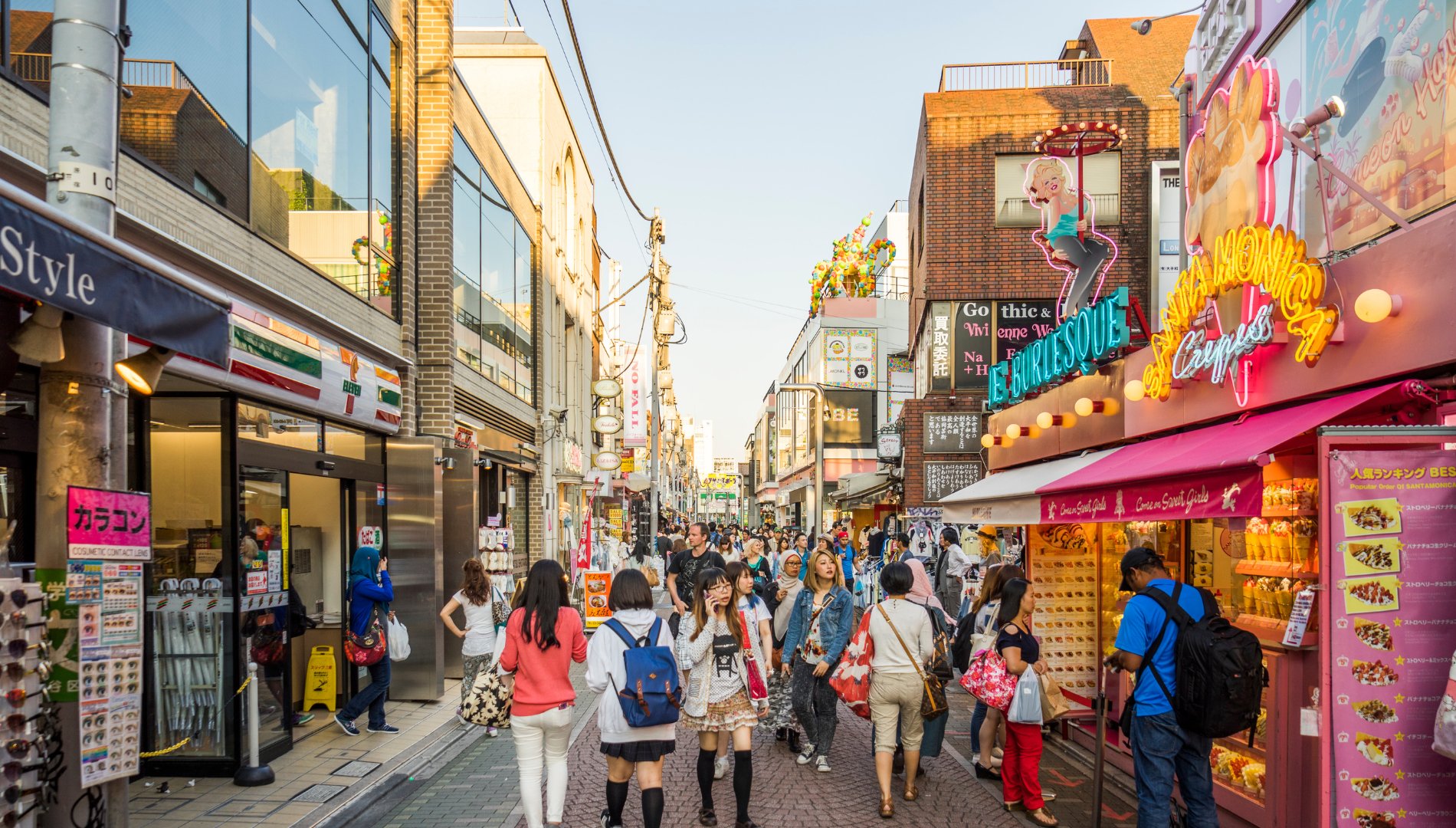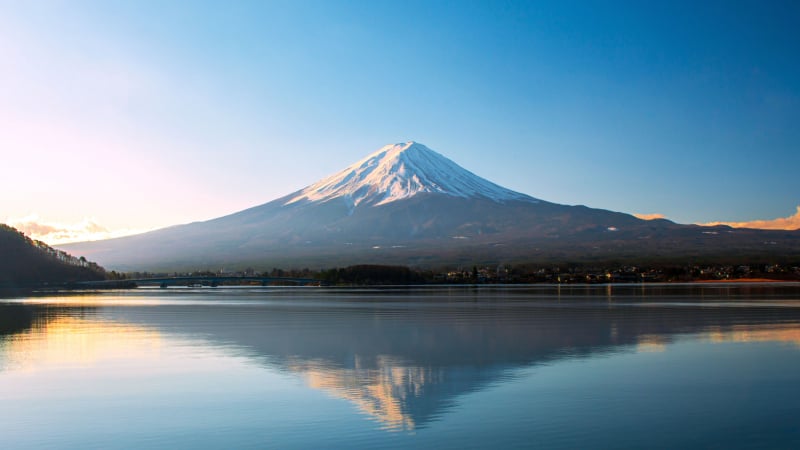After a successful 2024 with an impressive record of 36.8 million international visitors, Japan's tourism industry is facing a significant challenge: overcrowding at many popular tourist destinations, where natural beauty and unique culture attract large numbers of visitors from all over the world.
To proactively control the increasing flow of tourists and at the same time create a sustainable source of revenue for reinvestment in tourism infrastructure, the Japanese government has just announced a series of new policies, expected to officially take effect from July 2025. These changes mark an important shift in the way Japan manages and develops the tourism industry, towards more sustainability and quality.

From mid-2025, Japan will implement many new policies, one of which is that tourists will pay higher fees than locals.
One of the biggest and most notable changes is the introduction of a “two-tier pricing system” at popular tourist attractions across the country. This means that, starting from the summer of 2025, international tourists will have to pay more than Japanese residents to visit the same places. This price difference is expected to help regulate the number of tourists, especially at hot spots, while also creating additional financial resources to upgrade and maintain the quality of destinations.

The first major change is the adoption of a “two-tier pricing system” at popular tourist attractions.
A typical example of this policy is at the Junguria Nature Park in Okinawa, a famous destination for its diverse ecosystem and beautiful landscapes, the entrance fee for international visitors will be 8,800 yen (equivalent to about 1.5 million VND), while Japanese people only have to pay 6,930 yen (about 1.2 million VND). Similarly, at the Niseko ski resort, a paradise for winter sports lovers, foreign visitors will have to pay 6,500 yen per day (about 1.1 million VND), significantly higher than the 5,000 yen (about 900,000 VND) fee applied to local residents.
In fact, Japan is not the first country in the world to implement a two-tiered price system in the tourism sector. Many countries famous for their developed tourism industries such as Thailand, India, Egypt or Peru have long applied separate fees for international tourists and local residents. In other famous tourist cities in the world such as Venice (Italy) or Hawaii (USA), tourists often have to pay additional "accommodation taxes" when visiting and relaxing.

According to the National Thailand newspaper, Japan's new policy is said to help reduce the load on overcrowded tourist destinations.
According to the National Thailand newspaper, Japan's new policy is considered an effective support measure to reduce pressure on tourist destinations facing overcrowding. However, this policy is also facing many controversies about fairness, with concerns surrounding the clear identification and distinction between pure tourists and foreigners living and working in Japan.
In addition to the two-tier system, another major change scheduled to take effect from November 2026 will affect the shopping experience for tourists. Japan will completely change the way tax-free shopping is done. While currently, tourists can enjoy tax-free benefits directly at the checkout counter in stores, in the near future, tourists will have to pay the full amount (including product cost and tax) upfront, then go through the tax refund procedure themselves at the airport or designated service centers.

The immediate tax refund on purchases will also no longer apply after November 2026.
While the new process does not change the total amount tourists pay, the complexity and time-consuming process of tax refunds could cost Japan its status as a shopping destination for many international shoppers.
On the other hand, from 2025, Japan will begin implementing the JESTA (Japan Electronic Travel Authorization) electronic declaration system. This means that, even if visitors already have a valid visa or are exempted from visas according to regulations, they are still required to declare detailed information about their entry plans in advance through this online system. The implementation of JESTA is expected to help Japanese immigration authorities capture information about visitors more effectively, thereby improving security and tourism management.
With an ambitious goal of welcoming 60 million international tourists a year by 2030, Japan is making drastic changes to balance protecting its precious tourist destinations and maintaining high-quality services. While these changes may mean some uncomfortable adjustments for visitors, perhaps the love and admiration for Japan's unique beauty and culture will still be a strong motivator for many to plan their trip as soon as possible, before the cost of traveling to the "land of cherry blossoms" may increase significantly in the near future.



































